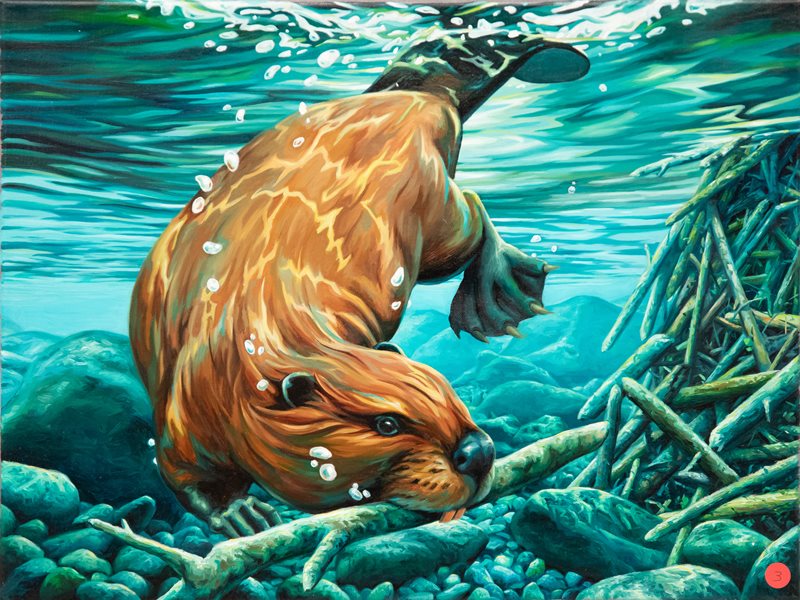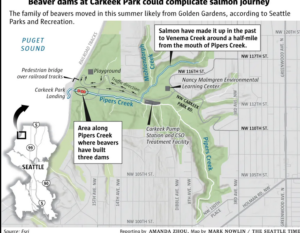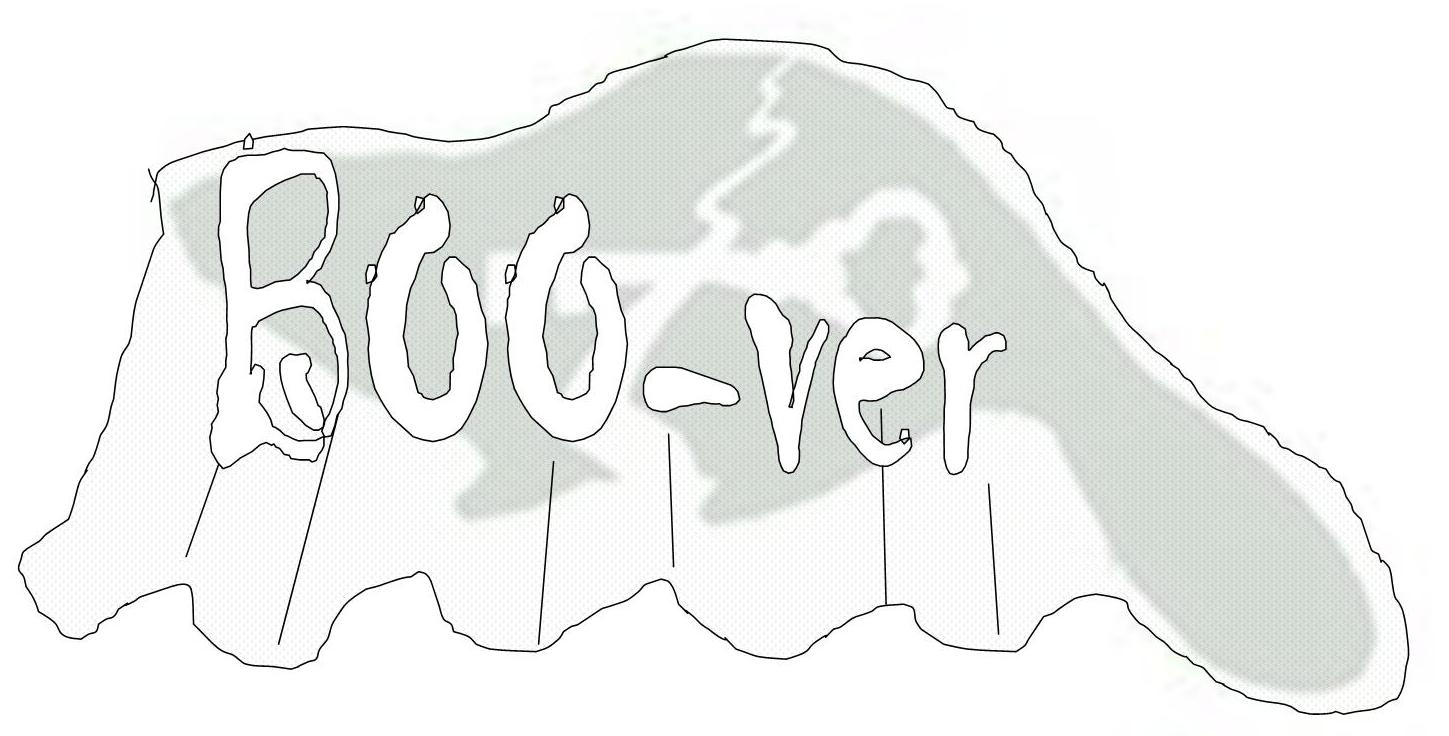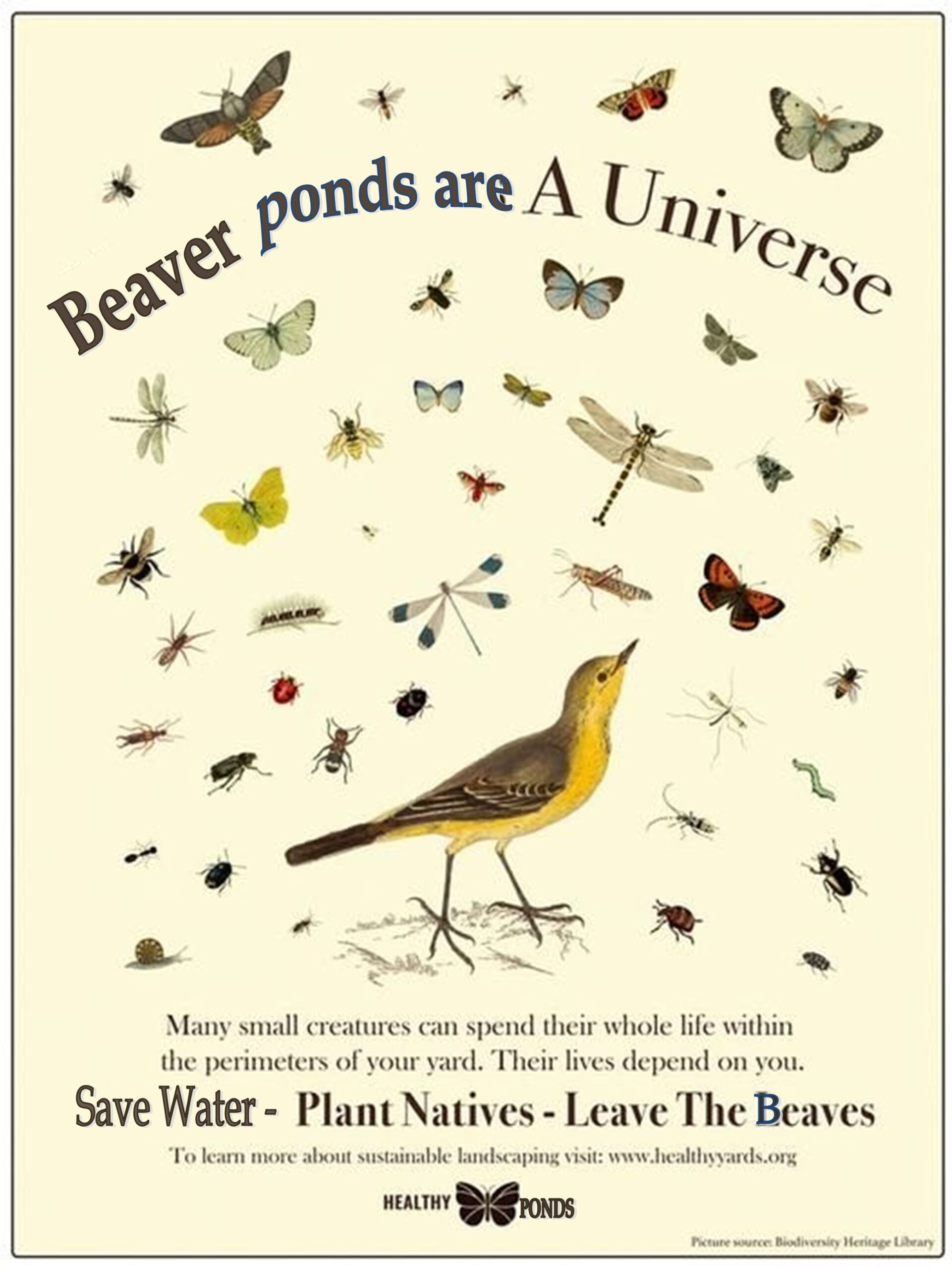I may be prejudice but I don’t appreciate calling predators ecosystem engineers because they decide where restoration is OVER. That’s like saying your father always made the family meals because he decided when it was time to fast.
Maybe I’m old fashioned but I just think ecosystem engineers should you know, engineer ecosystems. You know?
Beavers Are Ecosystem Engineers, But Hungry Wolves Limit How Far They Influence
The relationships between animals and the environments that they live in are incredibly varied and complex. While the predator-prey interactions are probably the most well-known, each species also has an influence on the other flora and fauna and even the soil in the surrounding areas. Foremost among these influential species are beavers: they are known as “ecosystem engineers” as they reshape the forest around them by felling trees and creating wetlands. One predator of the beaver (Castor canadensis), the gray wolf (Canis lupus), has now been found to influence the foraging habits of the beavers and thereby affect the forest structure.
Foraging and finding food is an important part of every animal’s life. Beavers typically leave their dams on the water and forage on obvious feeding trails that they have created by moving trees and branches through the forest, before returning to the same area. This is known in ecological terms as central place foraging, as the beavers always forage outwards into the forest and then return to a central place.
Previous studies have shown that beavers are limited in how far they will travel from the safety of the water because of an increase in predation risk as they move further away. However, there has been no evidence that the wolves hunt or kill beavers that venture further away from the waterside – until now.
Wolves are known for hunting a wide range of species, from moose (Alces alces) and caribou (Rangifer tarandus) to fishing and even predating on seals and sea otters. Where the ranges of beavers and wolves overlap, wolves are the primary predators of beavers. While wolves are usually known for their ability and stamina to run long distances chasing large prey, wolves are also effective ambush predators when it comes to beavers.
Yayaya, everybody likes to talk about wolves ambushing beavers. It’ll probably be a Christmas special soon.
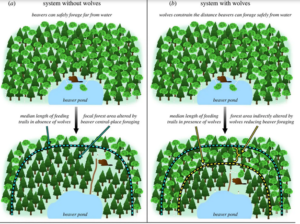 The study found that wolves are more likely to predate the beavers that travel further away from the water on the longer feeding trails. Because of this, the wolves are directly affecting the forest structure by limiting how far the beavers travel away from the water to fell trees and forage.
The study found that wolves are more likely to predate the beavers that travel further away from the water on the longer feeding trails. Because of this, the wolves are directly affecting the forest structure by limiting how far the beavers travel away from the water to fell trees and forage.
Thomas Gable, lead author of the study and project lead of the Voyageurs Wolf Project told IFLScience that “based on the distance that wolves killed beaver from water, that beavers would forage an additional 9-18 m [29.5-59 feet] from water on average if wolves were not around. Of course, this is a coarse estimate and we were simply trying to get a rough assessment of the extent to which wolves might be constraining beaver foraging behavior toward water.
“In this study, we estimated that wolves could be influencing the structure and composition of 23-47 square kilometers [8.9-18 square miles] of forest, which translates to 1.4-2.9 percent of the forest in our study area. But this was a rough estimate and just an attempt to estimate the general magnitude of wolves ecological impact.”
The beavers have been known to create what is called an ecological “halo” around the area where they typically forage because they forage around a central place. The beavers alter the forest by felling trees around the central place; they then create gaps in the canopy which allow different tree species to grow.
Beavers also have a preference for felling deciduous trees rather than coniferous trees, which can create a halo of evergreen trees around the water as seen in this image below. The team says the area would be larger if the wolves were not present in the ecosystem
Ecological Halo!!! How much do I like that phrase! Beavers are like angels spreading their good deeds all around the perimeter of their pond. Only those little devil predators can stop them.
Overall, the team found direct evidence that the wolves limit how far from the water the beavers will forage and, in doing so, limit the effects of the beavers’ ecosystem engineering on the habitat they both share – and that the same process could be happening across the world.
“We think the patterns and trends we found likely do occur in many other areas where wolves and beaver co-occur across North America, Europe, and Asia. There are others in the scientific literature that have noted some of the same patterns regarding how far from water beavers will forage in areas with and without predators so we suspect the pattern we identified is not unique to Voyageurs. Hopefully this work will inspire others to go out and study wolf-beaver interactions to see if we are correct about that,” finished Gable.
Hopefully more places will come to tolerate beavers so that they can sprinkle those halos around in more places.


